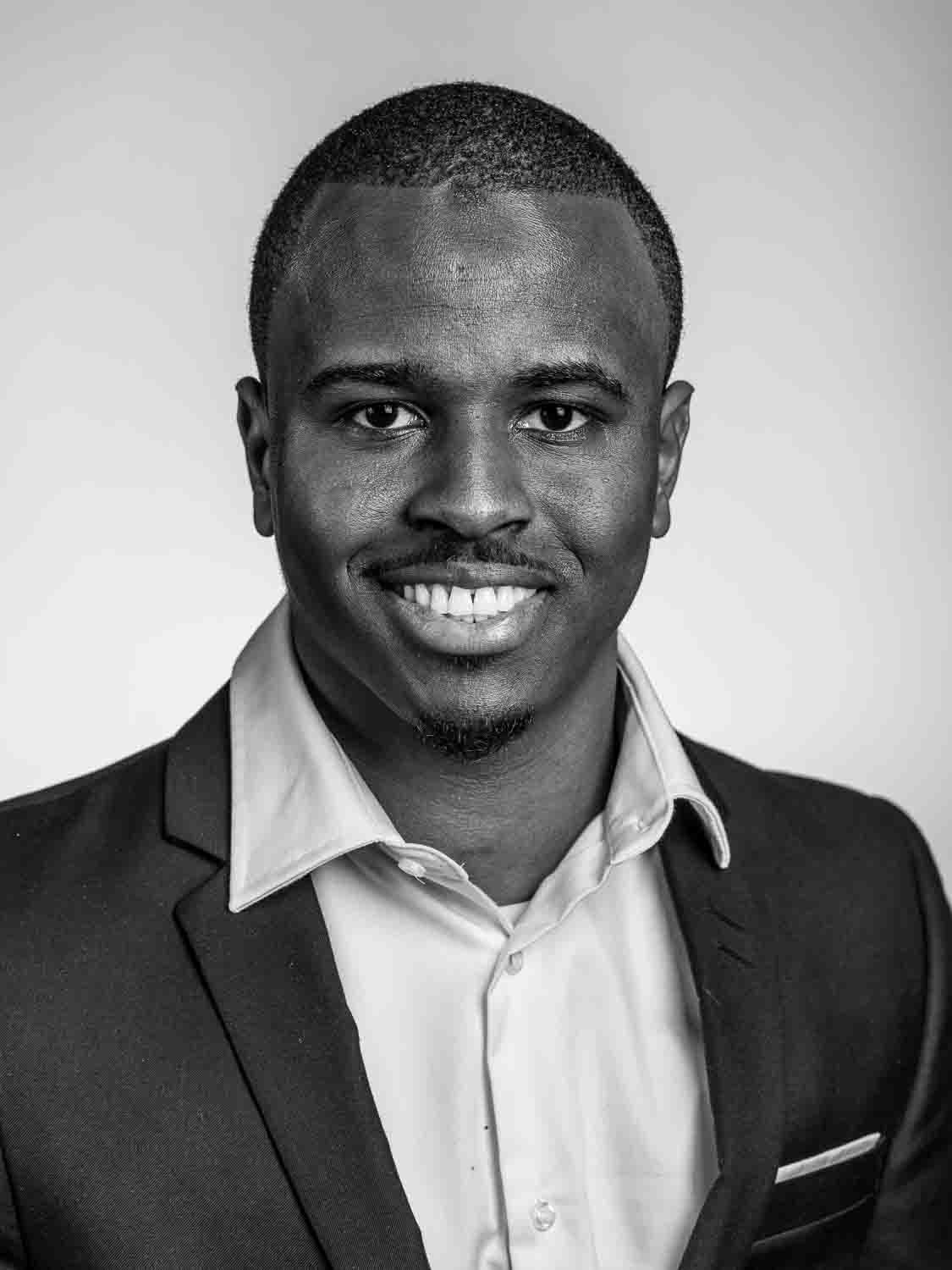Most organisations need portraits of their personnel. They use them on public web sites (‘Meet our team’) and on intranets, for LinkedIn profile pictures and Teams avatars, for speakers’ bios, press articles and a host of other comms applications.
What do your current headshots say about the organisation?
However, my sense is that few organisations really think about the purpose of these portraits – what message do we actually want them to send? It’s true that simply showing the face of each individual to clients or colleagues can support better one-to-one communication. But beyond that, what should the entire collection of portraits say about the organisation?
We can start by thinking about the negative messages conveyed by some ‘Our team’ pages. A mix of selfies, passport photos, colour and black and white, close-up and half-body portraits, some shot inside and some outside, could lead a visitor to think that the organisation has rapid staff turnover, lacks coherent policies, and doesn't pay attention to detail.
A coherent look
In fact, ‘coherence’ is something that clients often mention to me as a key requirement. I’m asked either to make portraits that match a previous series or, more often, to shoot a completely new series of the entire staff. Ensuring consistency of framing, lighting and background is certainly important. But how far should consistency go? Should each person be shown facing the same way? Should they all be dressed alike? Do you want to show the uniformity of your team, or its diversity?
These are tricky questions, and there are no right or wrong answers. It all depends on the ‘personality’ of the organisation – its sector, its market niche, its clients, how it positions itself in relation to its competitors, and so on.
Some dimensions you might want to consider are:
brilliant individuals –– team players
professional –– approachable
dynamic –– qualified
reliable –– innovative
powerful –– meticulous
listening –– directing
Trying to position an organisation on any of these spectrums is hard. ‘We want to be seen as professional and approachable, as reliable and innovative’, and so on. But it’s worth doing the exercise. If you’ve really thought about these questions, you’ll be well placed to give your photographer a detailed briefing that will help him or her to optimise the shoot. Instead of ending up with just a series of likenesses, you’ll have a collection of team portraits that reflects the organisation’s ethos and values – and, hopefully, one that helps it to stand out from the crowd.
Sample headshot series
I’ve put together a gallery with examples of headshots I’ve made for nearly 20 different organisations, to illustrate the wide range of styles possible. I’ve included three portraits from each series to show how a coherent look can be achieved even when each subject is allowed to dress and pose differently. Each client organisation is credited, and I’m immensely grateful to each of them for allowing me to use their photos in this way.











